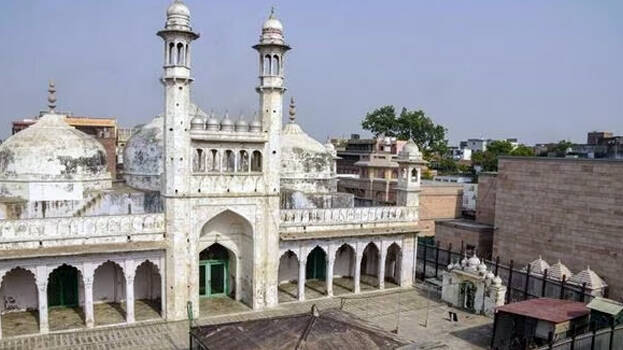

NEW DELHI: Vishnu Shankar Jain, the counsel for the Hindu side, said that the report of the Archaeological Survey of India (ASI) indicated that a temple had existed at the site of the Gyanvapi Masjid. Speaking at a press conference, Vishnu Shankar Jain said that the report of the ASI clearly showed that there existed a large Hindu Temple prior to the construction of the existing structure.
On Wednesday, the Varanasi district court ruled that an Archaeological Survey of India (ASI) survey report on the Gyanvapi mosque complex will be given to litigants on both sides.
"The ASI has said that there existed a large Hindu Temple prior to the construction of the existing structure. This is the conclusive finding of the ASI," Vishnu Shankar Jain said.
He said the ASI has stated that during the survey, a number of inscriptions were noticed on the existing and pre-existing structure.
Vishnu Shankar Jain said the ASI has said that the pillars and plasters used in the existing structure were studied systematically and scientifically for the enlargement of the mosque and "constructing Sahan".
"Parts of pre-existing temples, including pillars and plasters, were reused with little modifications. A minute study of pillars and plasters in corridors suggests that they were originally part of a pre-existing Hindu temple for their reuse in the existing structure, Vyala figures carved on either side of the lotus medallion were mutilated and after removing the stone mass from the corners, that space was decorated with floral design. This observation is supported by two similar plasters still existing on the north and southern walls of the western chamber in their original place," he said.
The ASI carried out a survey of the Gyanvapi premises on court directions to determine if the mosque was constructed over a pre-existing structure of a Hindu temple. The ASI had submitted its survey report to the district court in a sealed cover last month.